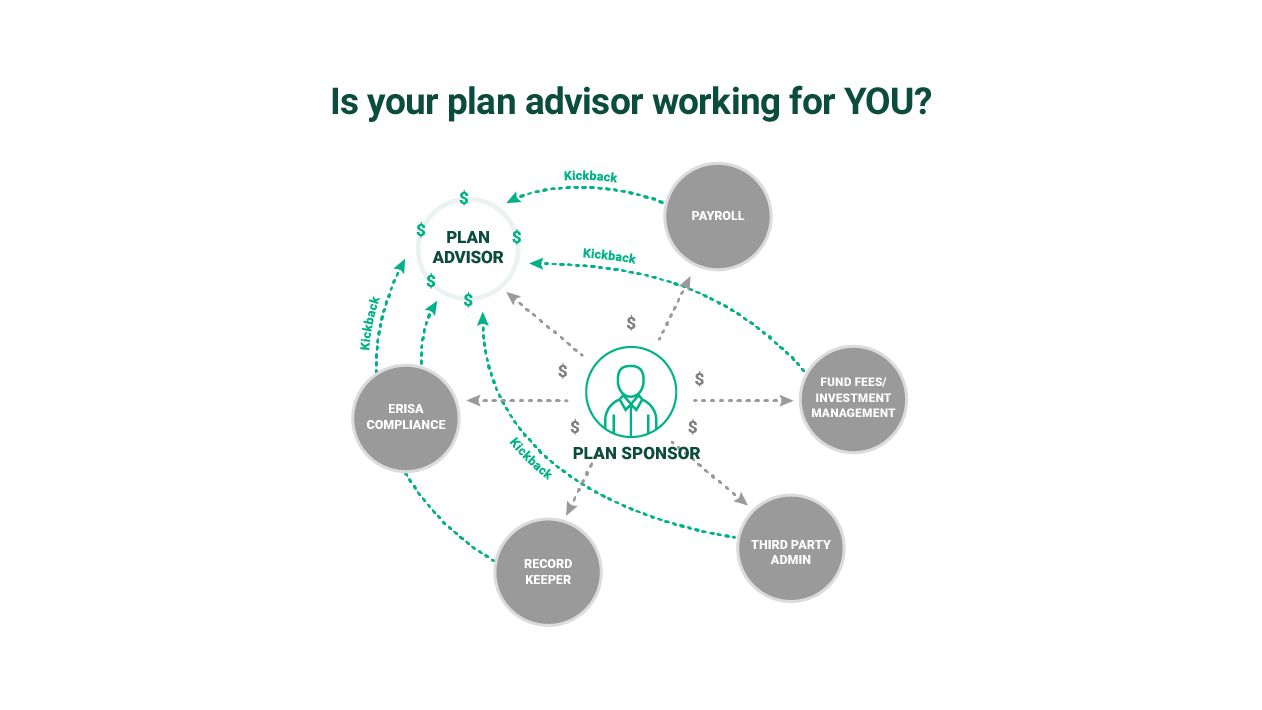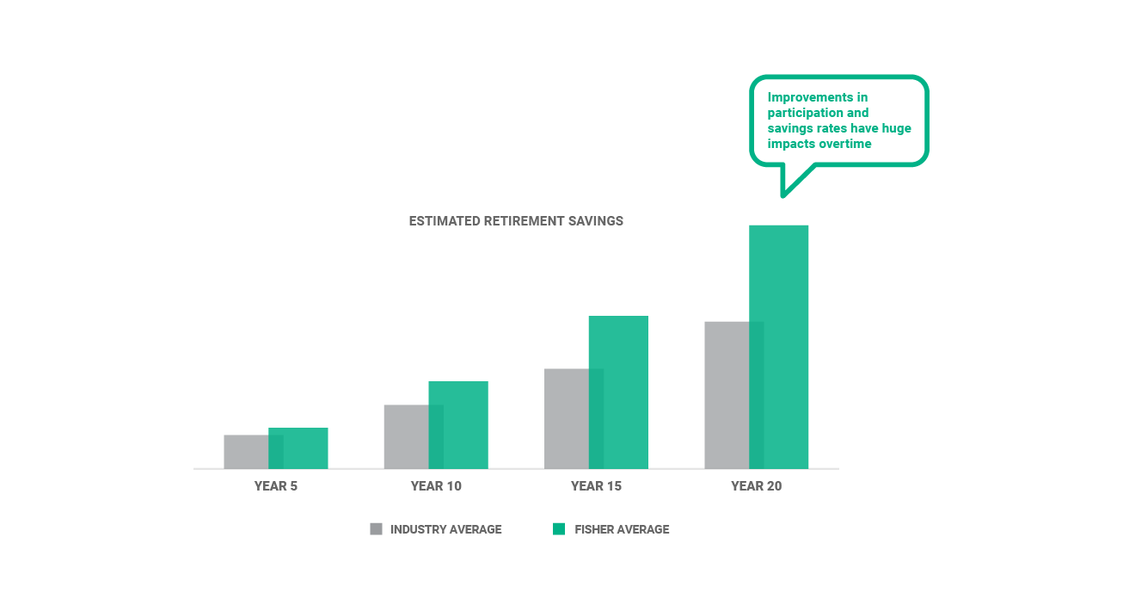Business 401(k) Services / 401(k) Plan Optimization
5 Ways To Manage Employee Payroll Information
Ways To Manage Employee Payroll Information for 401(k) Plans
I’m constantly working to reduce the administrative time my clients have to put into their 401(k). In that spirit, here are five methods for managing employee payroll information for 401(k). You may find that a new approach could be a great fit for your business.
1. Online Entry
The most time-consuming method to maintain 401(k) payroll records is a simple online entry approach, in which the employer manually enters information into their 401(k) recordkeeper’s website.
- First, the employer reviews a document from the recordkeeper that reports recent employee savings updates.
- Next, the employer updates their payroll system to reflect any changes made by employees to their savings amounts or rates.
- The employer then manually enters all contributions made by employees in a pay period into the recordkeeper’s website.
- Finally, the employer manually updates all employee census data on the recordkeeper’s website, including up-to-date information like staff addresses, or hire or termination dates.
2. Manual Payroll Spreadsheet
Most 401(k) recordkeepers allow employers to upload spreadsheets, as opposed to entering data manually online. The second approach involves the employer manually maintaining a 401(k) payroll spreadsheet, then uploading that information following each pay period.
- As with the online entry method, the employer reviews an employee savings update report from the recordkeeper then submits changes to the payroll system.
- Next, the employer edits their spreadsheet to update employee information and any money employees saved during the pay period.
- Finally, the employer uploads the updated spreadsheet to the recordkeeper’s website.
3. Report-Generated Census Spreadsheet
Similar to the previous option, the report-generated spreadsheet approach removes much of the need for an employer to manually handle payroll data for a 401(k). In this setup, an employer is responsible for updating payroll systems with 401(k) savings changes but is able to automatically generate spreadsheets from their payroll provider to upload to the 401(k) recordkeeper. I recently helped a client—a new CFO inheriting this responsibility—move from an online entry method to this approach, which has significantly reduced the amount of time she spends manually inputting and reviewing data.
- Just like the manual payroll spreadsheet method, the employer reviews the recordkeeper’s savings update report and makes changes in the payroll system.
- Next, instead of manually updating a spreadsheet, the employer reviews a report automatically generated by the payroll company.
- Upon ensuring the information in the report is correct, the employer then uploads it to the recordkeeper’s website.
4. 180º Integrated Payroll for 401(k)
Some 401(k) recordkeepers are able to receive information from certain payroll vendors. For employers using compatible vendors for payroll and 401(k) recordkeeping, a 180º integrated payroll approach allows for the payroll vendor to communicate payroll information and employee census data directly to the recordkeeper.
- As with all previous approaches, 180º payroll integration requires that the employer review the employee savings information from the recordkeeper and update the payroll system.
- Next, the employer simply needs to review the payroll information and make sure it has been accurately recorded and reported to the 401(k) recordkeeper.
- Some payroll vendors may charge more for this level of service, but it can be well worth it for employers with a large staff.
5. 360º Integrated Payroll for 401(k)
In the fifth and simplest approach for employers, both the payroll provider and the 401(k) recordkeeper integrate together, openly sharing information back and forth after each payroll. This setup requires that an employer works with both a payroll provider and a 401(k) recordkeeper which are compatible with one another. Not all providers are able to integrate in this way.
- If an employer is using providers compatible with a 360º integration, payroll data is automatically communicated to the 401(k) recordkeeper, and in turn, the 401(k) recordkeeper automatically updates payroll with any changes made by employees.
- The employer’s role in this setup is the oversight, regularly reviewing the 401(k) payroll data on both ends to ensure accuracy.
Please keep in mind that none of these methods is entirely hands-off, even with 360º payroll integration. There isn’t necessarily one “best” option—there are so many different payroll providers and 401(k) recordkeepers that one size does not fit all—and each method requires oversight.
Five Ways to Manage 401(k) Payroll Data
There are five distinct ways to manage employee payroll information for 401(k):
- Online entry, which is entirely manual;
- Manual Payroll Spreadsheet, which requires manual spreadsheet management;
- Report-Generated Census Spreadsheet, which requires only manual payroll updates;
- 180 Integrated Payroll, which automates the flow of data from payroll to 401(k) recordkeepers;
- 360 Integrated Payroll, which automates the flow of data back and forth between payroll and 401(k) recordkeepers.
Accurate and up to date 401(k) payroll data for employee contributions is essential regardless of your process. Think about which 401(k) payroll process is best for your company, and change your process if it makes sense. You may thank yourself for it next pay period.

See our Business 401(k) Insights
Resources and articles to help your business with retirement plan support, optimization and administration.





